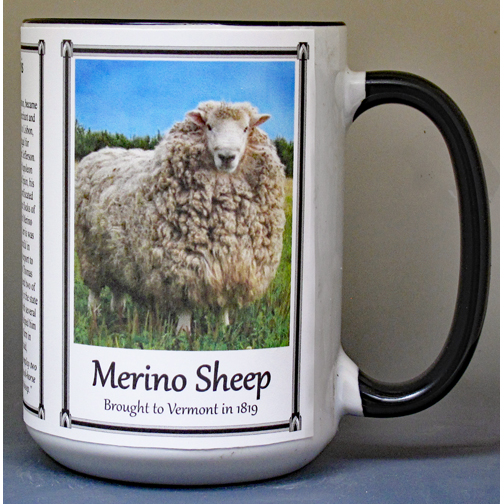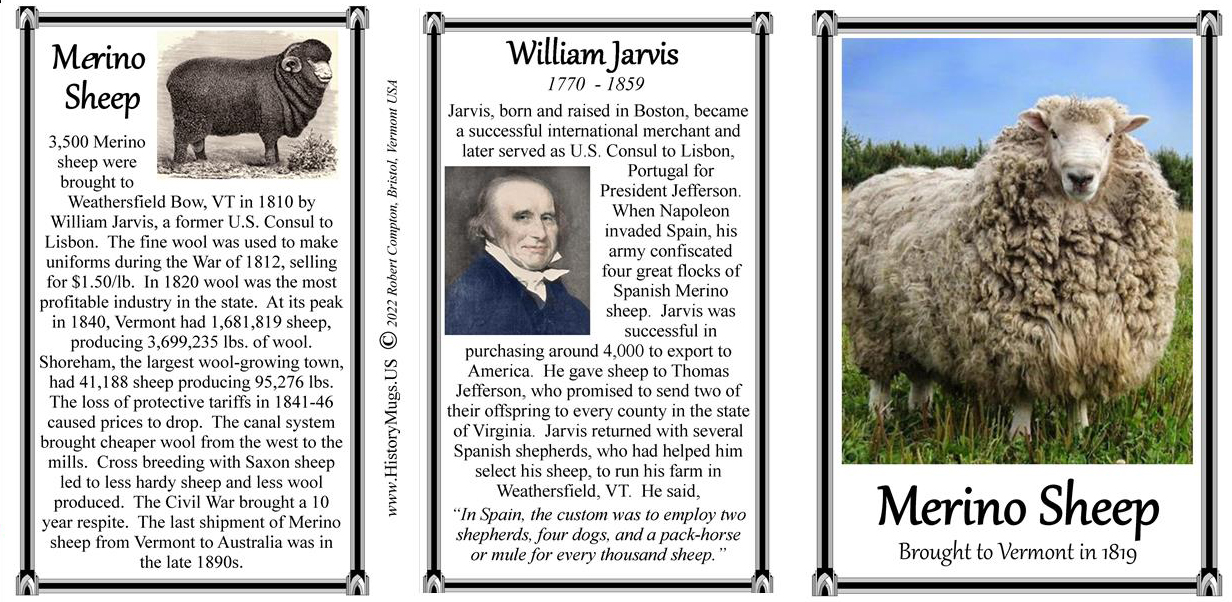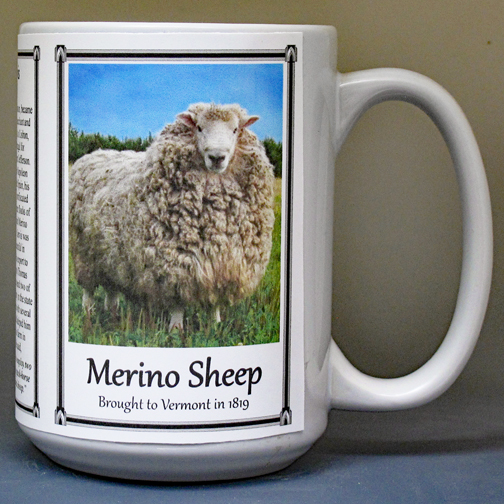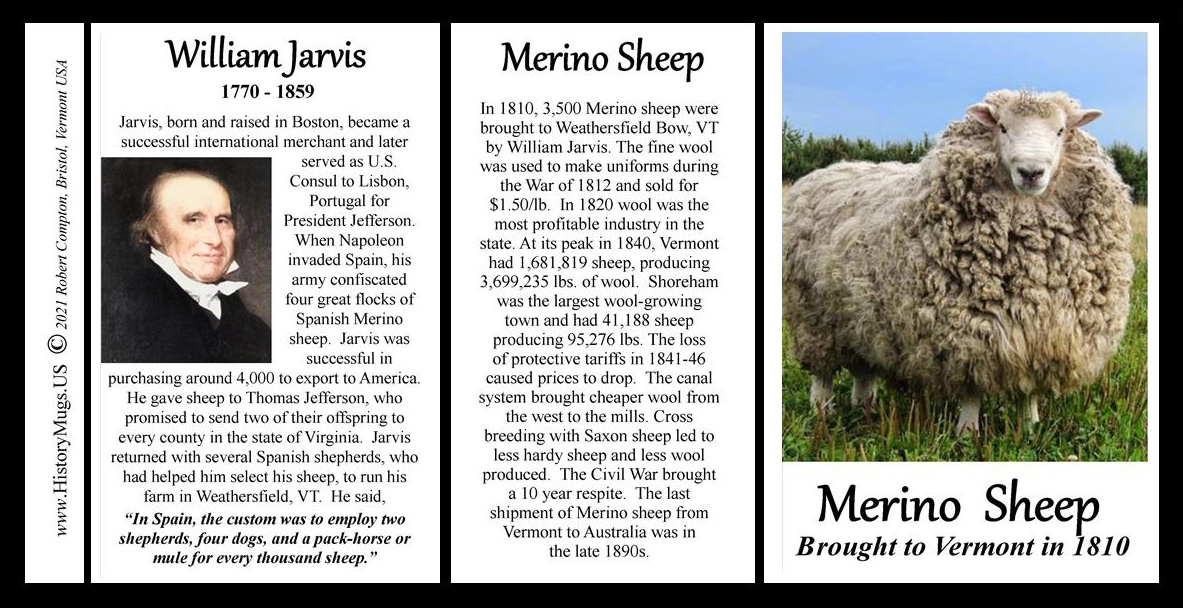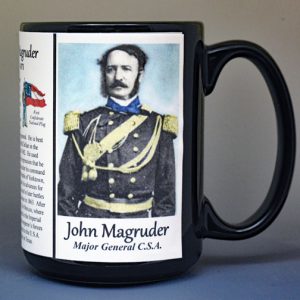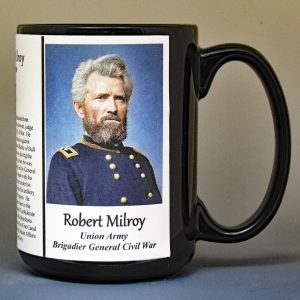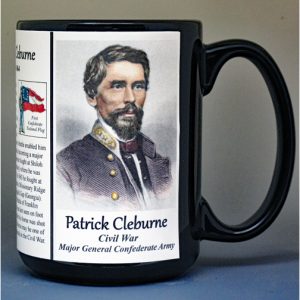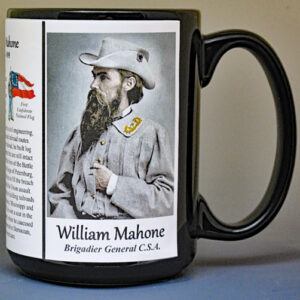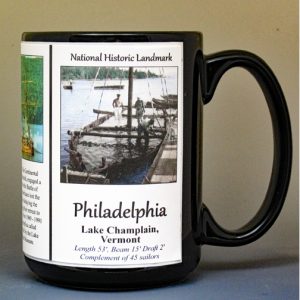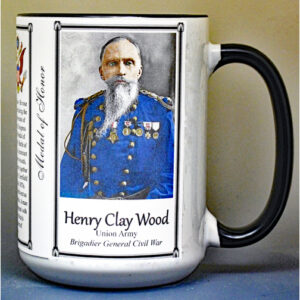Description
3,500 Merino Sheep were brought to Weathersfield Bow, VT in 1810 by William Jarvis, a former U.S. Consul to Lisbon. The fine wool was used to make uniforms during the War of 1812, selling for $1.50/lb. In 1820 wool was the most profitable industry in the state. At its peak in 1840, Vermont had 1,681,819 sheep, producing 3,699,235 lbs. of wool. Shoreham, the largest wool-growing town, had 41,188 sheep producing 95,276 lbs. The loss of protective tariffs in 1841-46 caused prices to drop. The canal system brought cheaper wool from the west to the mills. Crossbreeding with Saxon sheep led to less hardy sheep and less wool produced. The Civil War brought a 10-year respite. The last shipment of Merino Sheep from Vermont to Australia was in the late 1890s.
William Jarvis, born and raised in Boston, became a successful international merchant and later served as U.S. Consul to Lisbon, Portugal for President Jefferson. When Napoleon invaded Spain, his army confiscated four great flocks of Spanish Merino sheep. Jarvis was successful in purchasing around 4,000 to export to America. He gave sheep to Thomas Jefferson, who promised to send two of their offspring to every county in the state of Virginia. Jarvis returned with several Spanish shepherds, who had helped him select his sheep, to run his farm in Weathersfield, VT. He said, “In Spain, the custom was to employ two shepherds, four dogs, and a pack-horse or mule for every thousand sheep.”
This Merino Sheep history mug is part of our Vermont Series which includes many unique individuals who played an important part in molding Vermont’s history.
The biographical History Mugs were created to teach and inspire individuals to learn about our diverse and interesting history. The biographies were researched and written by history enthusiast, Robert Compton. He colorized most of the historic photos and images used on the mugs, which were originally black and white or sepia tone. The images and biographies are imprinted on mugs at his studio in rural Vermont.
- Mugs are food and microwave safe.
- To preserve photographic quality we recommend hand washing.
- Mugs are usually shipped within 3-5 days.
- Shipping charges are lower when buying multiple mugs.

